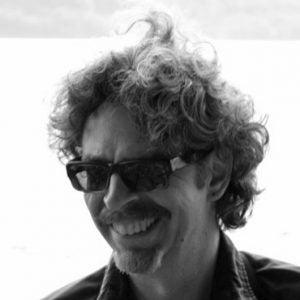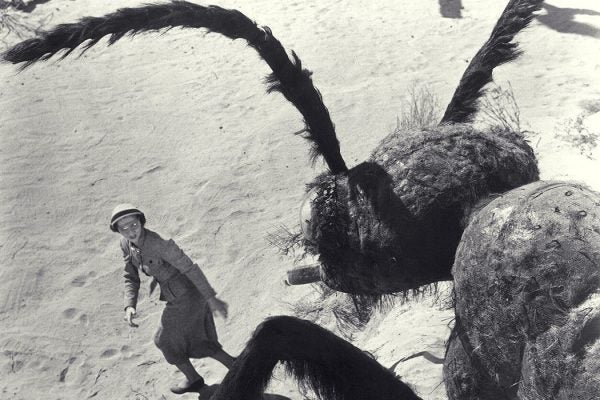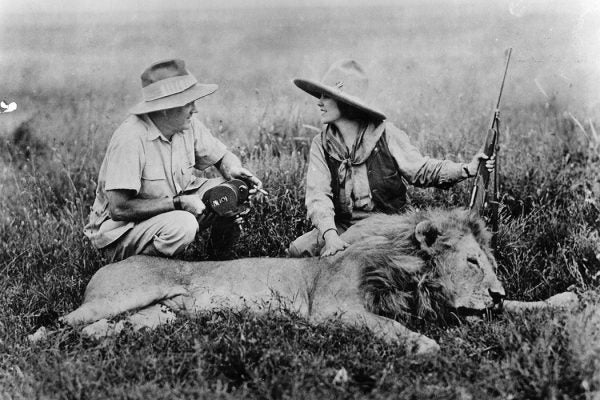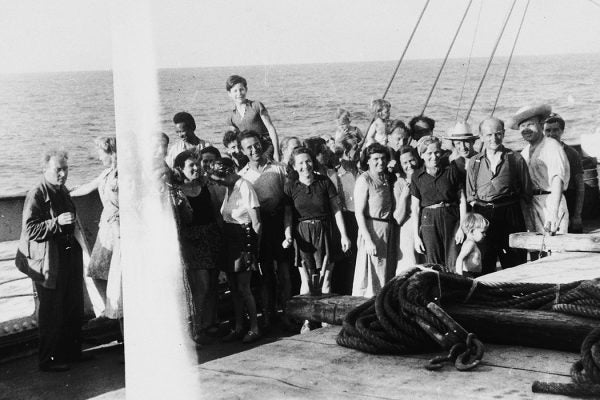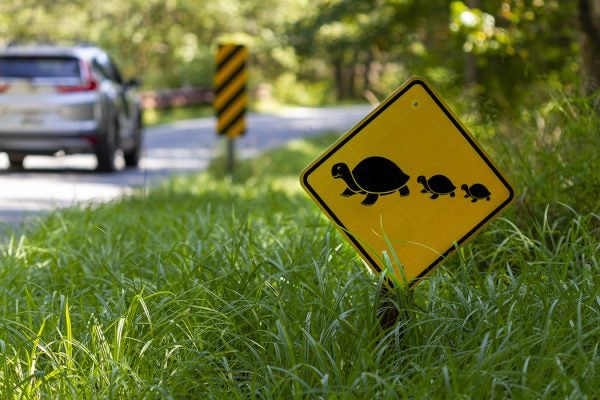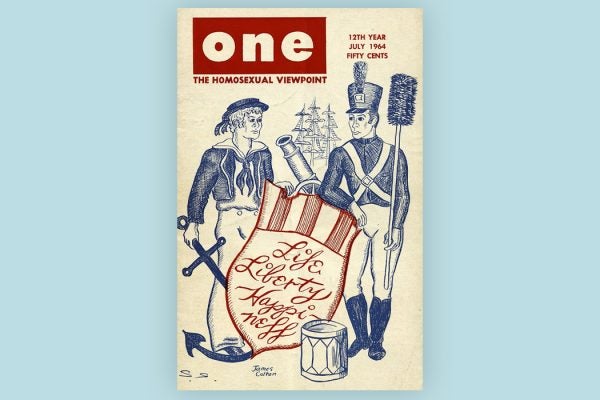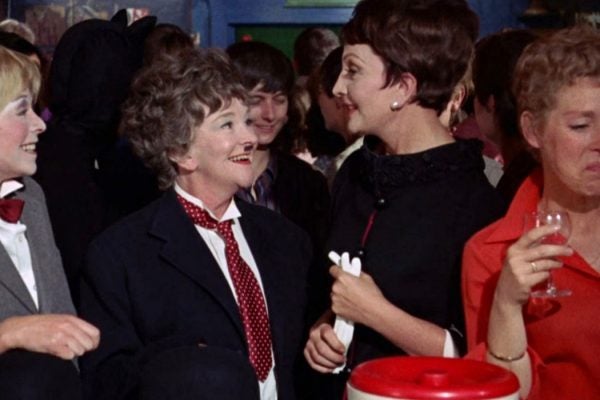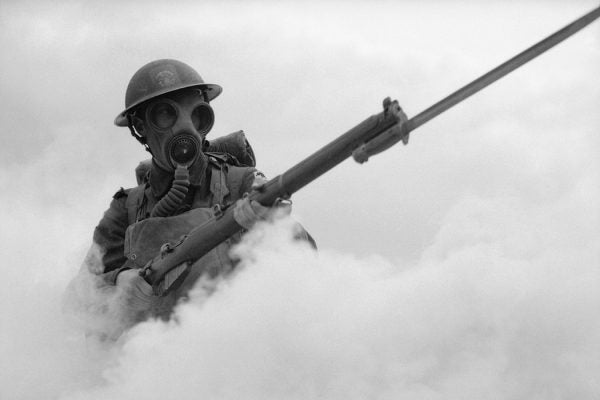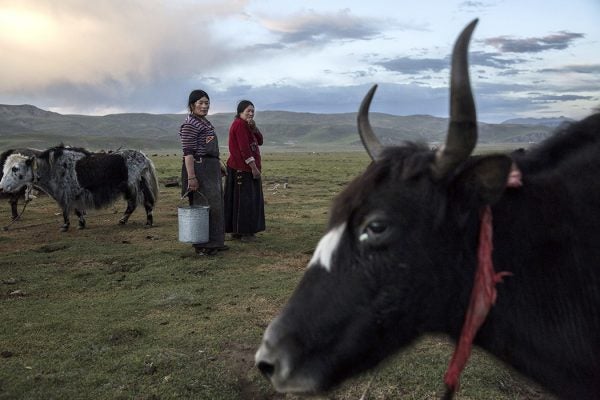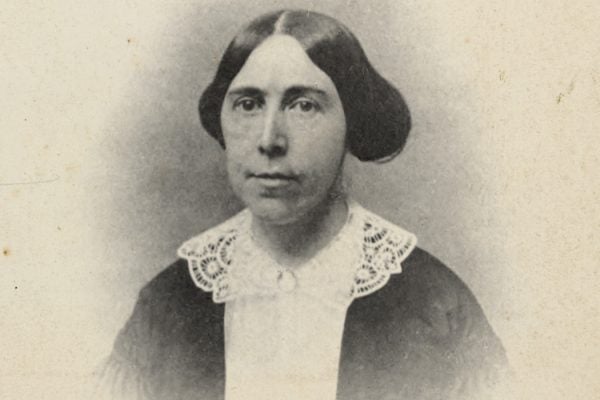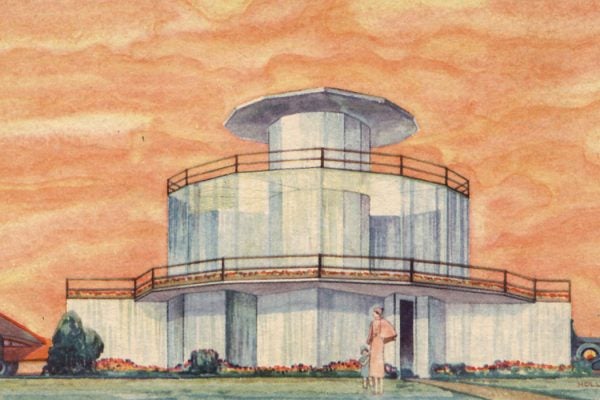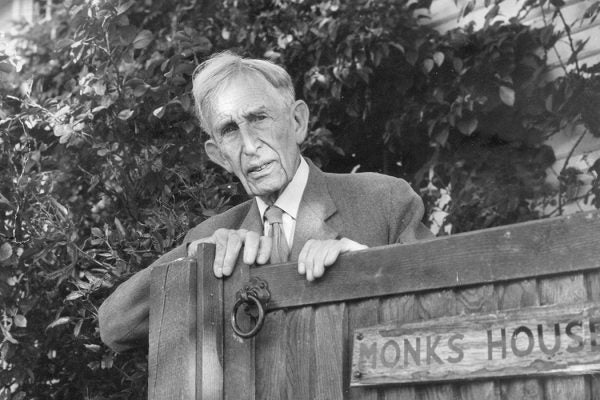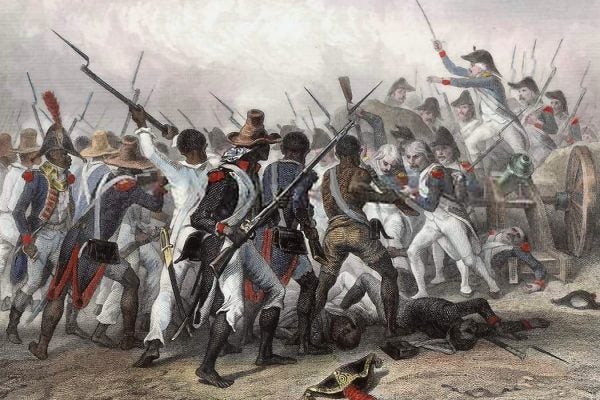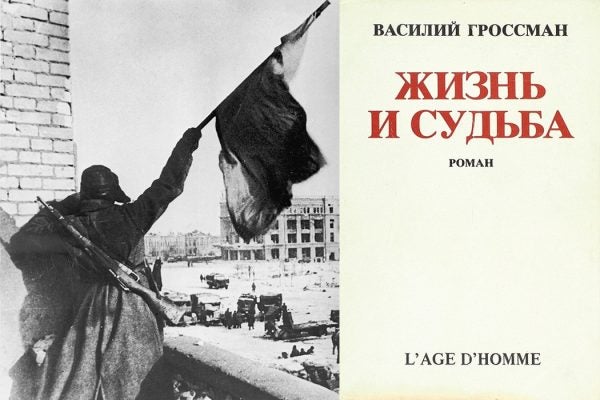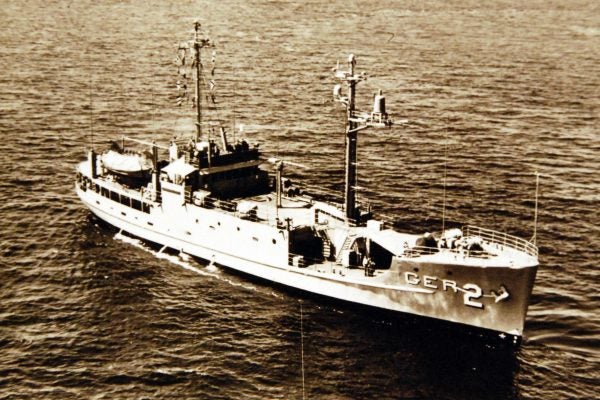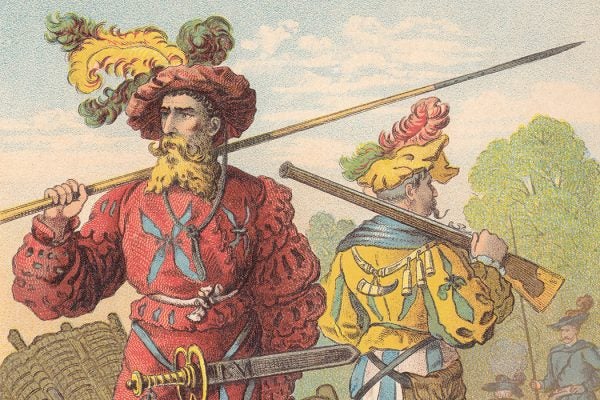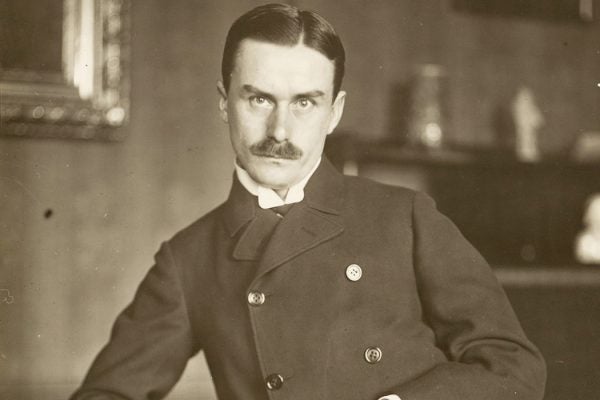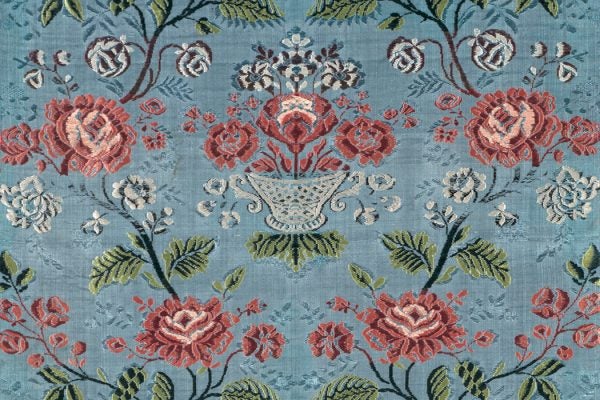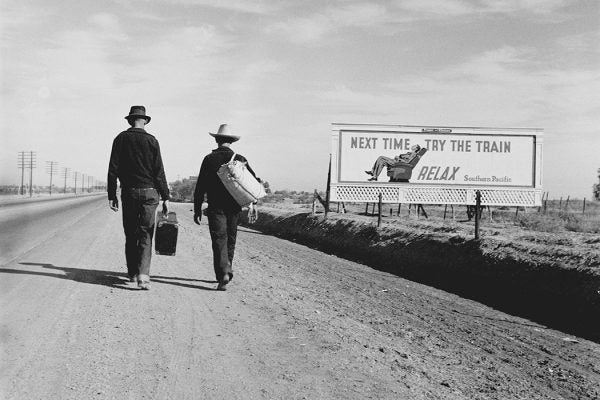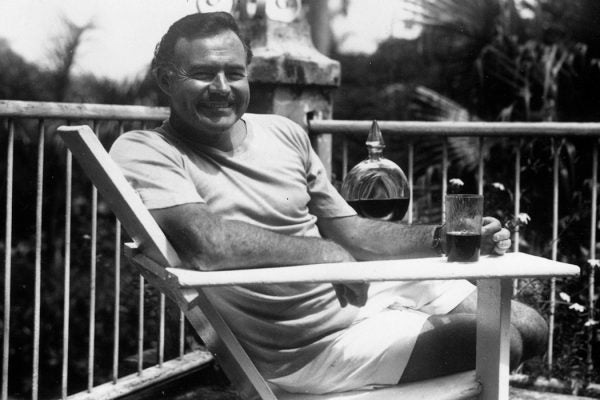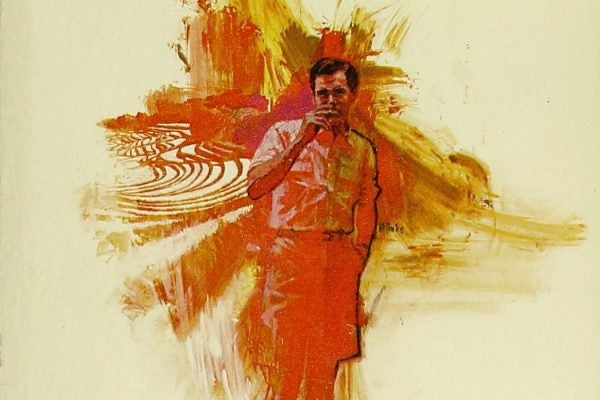Fear of an Insect Planet
"Big bug movies" of the 1950s have been interpreted as projections of nuclear anxieties. But what if they were about...actual fear of bugs?
How Archaeologists Use Parasites to Track Urbanization
Historical patterns of parasitic infection show up differently depending on the class status of a neighborhood.
How Two Kansans Invented the Safari Documentary
Martin and Osa Johnson were celebrities in their day, but their vision of Africa was way out of touch with reality.
The World War II Escape Route from France to Martinique
After the fall of France to the Nazis in 1940, some refugees tried to make it out through the Caribbean.
Road Density Threatens Turtle Populations
Roadkill may be inevitable, but turtles are especially vulnerable—particularly females, putting species survival at risk.
Gay Bars and Gay Rights
One of the flash points in the LGBTQ+ movement was liquor licenses, which were the subject of important legal cases.
Patriotism and the LGBTQ+ Rights Movement
Charged with being "un-American" during the Cold War, activists appealed to American ideals in their quest for full citizenship.
Hollywood Goes to Its First Lesbian Bar and Can’t Stop Staring
The Killing of Sister George was the first Hollywood movie to depict a lesbian bar. Director Robert Aldrich was obsessed with its authenticity.
Who Invented the “Mexican” Food of the United States?
The debate over what counts as authentic Mexican food may be moot when there are 7,000 Taco Bells around the world.
The Bayonet: What’s the Point?
According to one scholar, the military sees training in this obsolete weapon as helpful on the modern battlefield.
Yaks in Tibet
As China tried to expand into Tibet in the late 1930s, it looked to the yak as a way to "modernize" Tibetan culture.
Sophia Thoreau to the Rescue!
Who made sure Henry David Thoreau's works came out after his death? His sister.
Solar Housing Is Actually Kind of Retro!
The domestic fuel scarcity of World War II led to innovation in home heating—especially passive solar technology.
How Leonard Woolf Critiqued Bloomsbury from Within
A literary scholar argues that Leonard Woolf has been unfairly neglected—perhaps because his anti-imperialism implicated his friends.
The Benin Bronzes and the Cultural History of Museums
What an 1897 exhibition at the British Museum can tell us about how African artworks were perceived in an era of imperialism.
Sergei Eisenstein and the Haitian Revolution
Why was the legendary Soviet filmmaker rebuffed in his vision of putting history's most consequential slave revolt on screen?
How a Forbidden Russian Epic Finally Got Published
Soviet dissident Vasily Grossman’s Life and Fate was “arrested” by the KGB in 1961. Here’s how it finally saw the light of day.
When the Push Button Was New, People Were Freaked
The mundane interface between human and machine caused social anxiety in the late nineteenth century.
Can Thucydides Teach Us Why We Go to War?
A contemporary scholar uses the ancient Greek historian to explain the 1968 Pueblo Crisis in North Korea.
Chivalric Romance, Meet Gunpowder Reality
The manly knight wouldn't have lasted a day in sixteenth-century combat. So why was he so popular as a literary figure at the time?
How Thomas Mann Turned against the German Right
The best-selling author supported the Kaiser during World War I. What made him change his mind about politics later?
Eighteenth-Century Spies in the European Silk Industry
Curious about the advancing wonders of the age, savants traveled abroad to gather trade secrets for their homeland.
How the LAPD Guarded California’s Borders in the 1930s
Working well outside their jurisdiction, the officers patrolled their state's borders against white migrants.
Ernest Hemingway and Gender Fluidity
Despite his reputation for hypermasculinity, the author was fascinated by different forms of gender expression.
When the CIA Was Everywhere—Except on Screen
Hollywood was just fine avoiding all portrayals of the Central Intelligence Agency for years after the agency's founding in 1947.
